What Is The Difference Between DTF And UV DTF Transfers?
If you’ve ever explored the world of custom printing, chances are you’ve come across two buzzwords: DTF and UV DTF. They sound pretty similar, but they’re totally different things; each with their own uses.
Let’s break it all down for you👇
🎨 What is a DTF Transfer?
DTF stands for Direct-to-Film. You print your design onto a clear film, add a powder adhesive, cure it, and then heat press it onto fabric. After pressing, you peel the film away and boom—your design is now part of the shirt.
Key points about DTF:
- Ideal for apparel (shirts, hoodies, totes, etc.)
- Works on almost all types of fabric including cotton, polyester, blends, and dark colors.
- Requires a heat press to apply (or you can use a home iron or Cricut Easy Press for smaller projects if you’d like to DIY)
- Produces soft, flexible, and long-lasting prints
- No weeding and no vinyl hassle!
It’s perfect if you’re in the t-shirt game or looking to offer custom fabric products like tote bags, sweatshirts, hoodies, stuffed animals and much more.
What is a UV DTF Transfer?
Now, UV DTF (sometimes just called UV transfers) is a completely different process. It uses UV-cured inks printed directly onto a special film. Once printed and cured, you apply it by peeling and sticking it directly onto hard surfaces. No heat press, no ironing, just stick and peel!
Where UV DTF shines:
- Designed for hard, smooth surfaces like glass, metal, plastic, wood, tumblers, and more
- Offers super high detail and a slightly glossy, pro finish ✨
- Scratch-resistant and waterproof
- Easy to apply
It’s a game-changer for small businesses selling custom cups, keychains, jars, signs, etc.
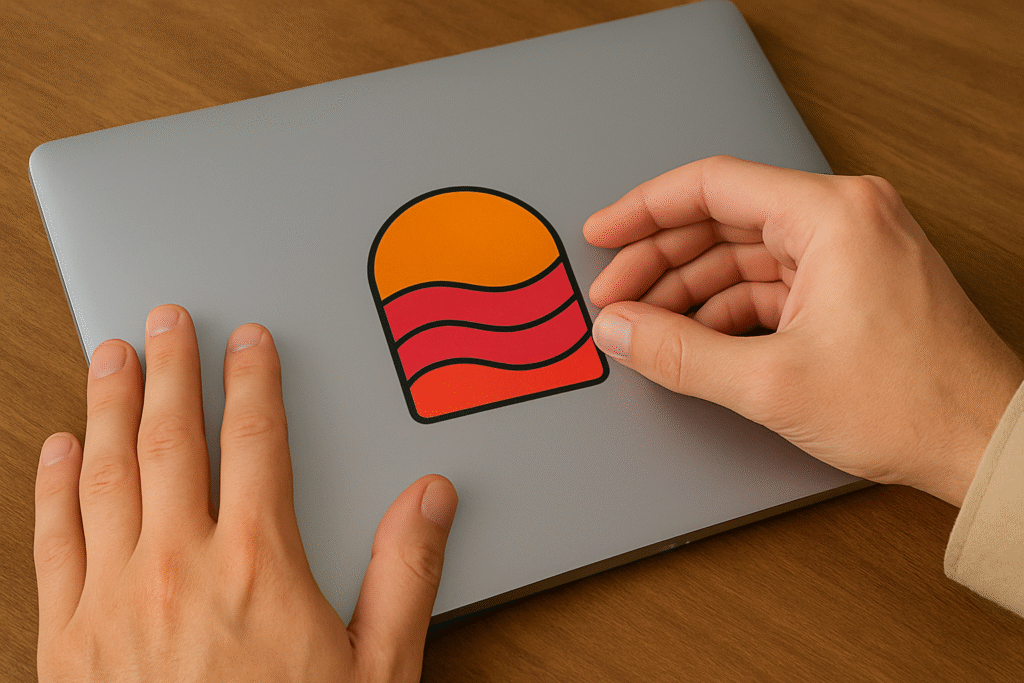
🔍 DTF vs UV DTF: Quick Comparison
| Feature | DTF Transfers | UV DTF Transfers |
| Best For | Fabrics & Apparel | Hard Surfaces (tumblers, acrylics, etc.) |
| Application Method | Heat Press Required | Peel & Stick (No Heat!) |
| Material Types | Most Fabrics Like Cotton, Polyester & Blends | Glass, Plastic, Wood, Metal, Acrylic |
| Durability | Long-lasting (washable) | Scratch & Water-Resistant |
| Finish | Soft-touch, matte/smooth | Glossy, detailed, bold |
🧠 Which One Should You Use?
If you’re creating custom t-shirts, hoodies, or fabric goods—go with DTF. It’s made for wearables, and the prints hold up beautifully in the wash.
But if you’re into customizing tumblers, phone cases, ornaments, jars, signs, laptops and all the non-fabric goodies? UV DTF is your best friend. You’ll love how easy it is to apply and how professional the results look.
👉 Pro Tip: If you run a print shop or store, using both types of transfers opens up WAY more product options (and profit).
💡 Want To Try DTF Or UV DTF?
If you’re curious about trying DTF or UV DTF but don’t have the equipment yet, we’ve got you covered. At DTF Super Print, we specialize in offering custom, affordable and ready-to-apply transfers—so you can skip the printing, skip the setup, and just focus on creating and selling.
✔️ Full-color, pro-quality prints
✔️ No printer needed
✔️ Easy for beginners and side hustlers
✔️ Fast shipping, made in the USA
Whether you’re customizing shirts or tumblers, our transfers make it easy to bring your ideas to life—without the overhead.
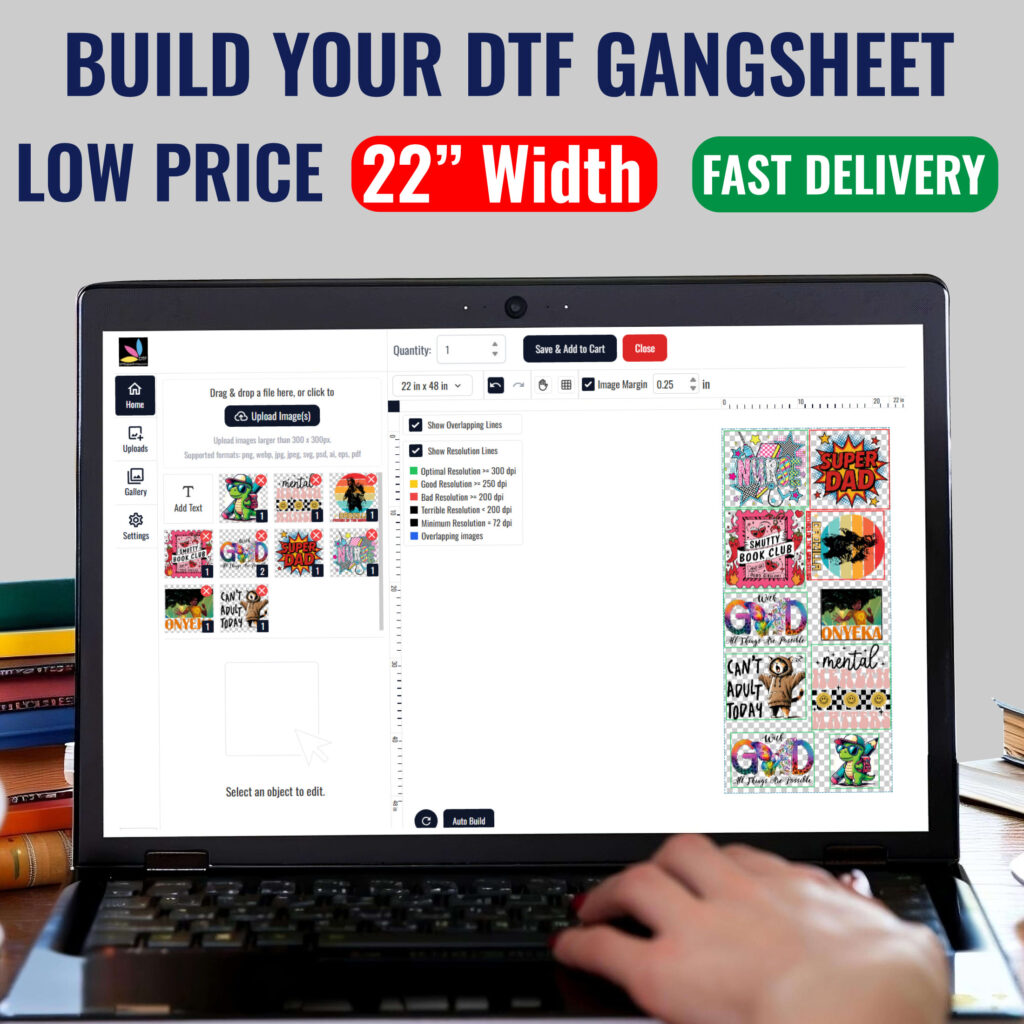
DTF Transfer Gang Sheet – Create Your Own Design Gangsheet
Create your custom DTF transfer gang sheet online. Upload multiple designs on one sheet for vibrant, durable heat press transfers. Perfect for apparel brands, events, and bulk orders.
Final Thoughts
DTF and UV DTF both deliver stunning, full-color results—but they serve different purposes.
- Use DTF for fabrics 👕
- Use UV DTF for everything else—from mugs to mirrors
Got Questions About DTF Or UV DTF?
Drop a comment below or contact us — we’re happy to help you get started.
Related Products
-
Build Your UV Sticker Using Images By Size
From: $0.01 -
DTF Transfer By Size Custom Sheet Prints
From: $0.01 -
DTF Transfer Gang Sheet – Create Your Own Design Gangsheet
From: $1.89 -
DTF Transfer Sheet Custom Upload Image by Size
From: $0.01
💭Want To Dive Deeper?
Read more about DTF Transfers and UV DTF
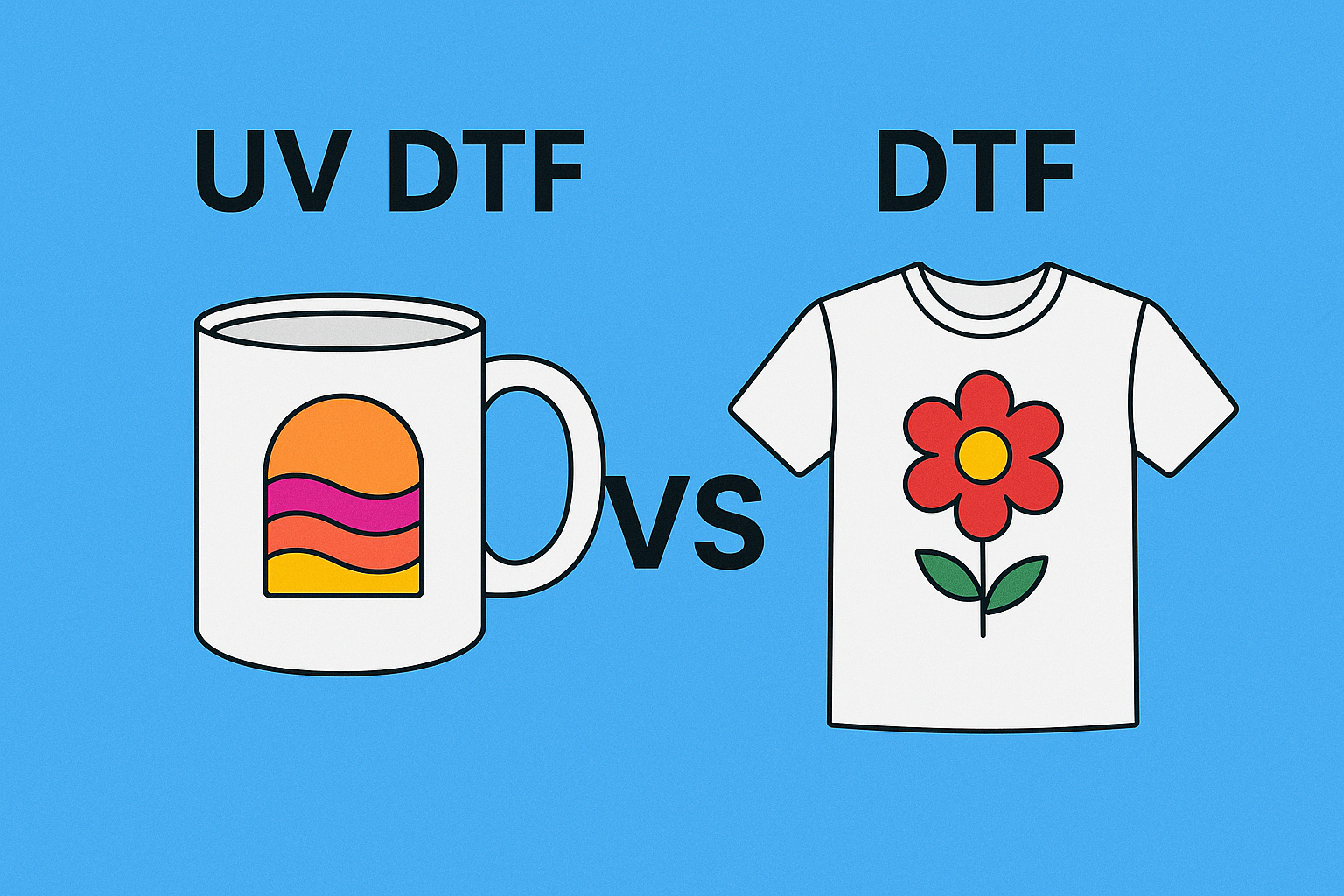
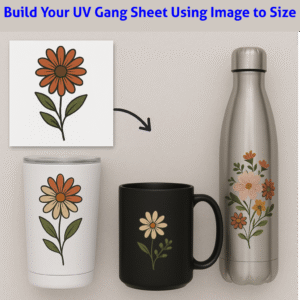
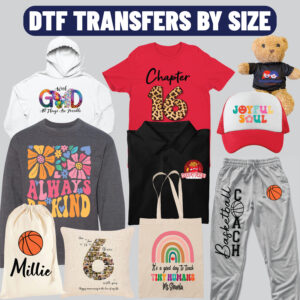

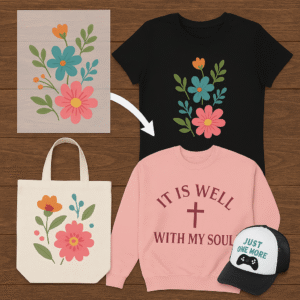
Leave a Reply